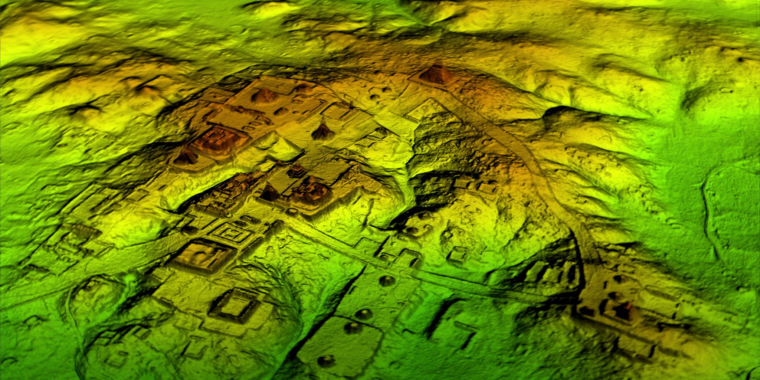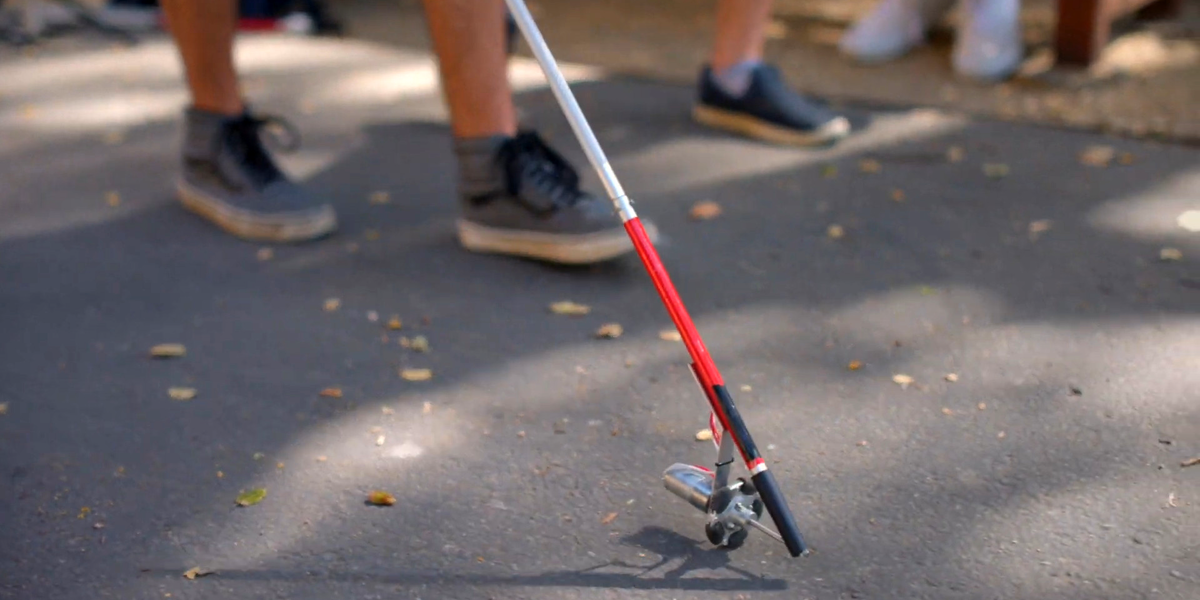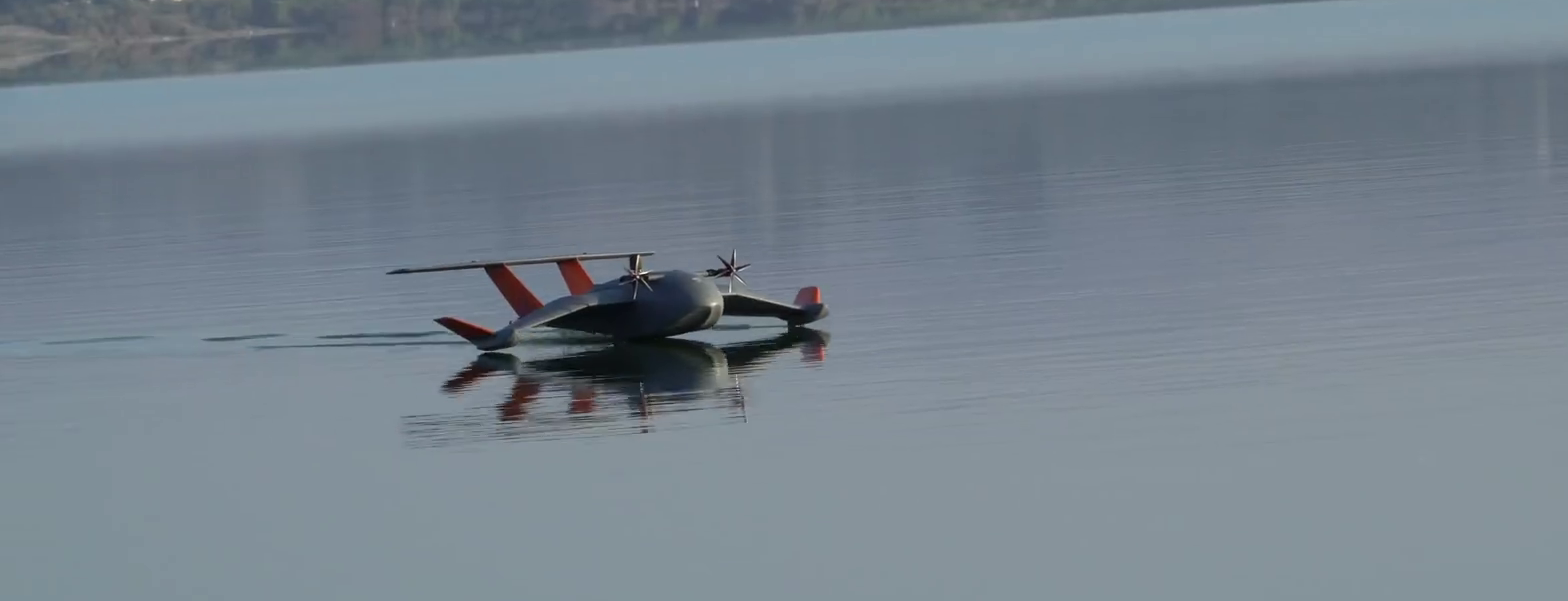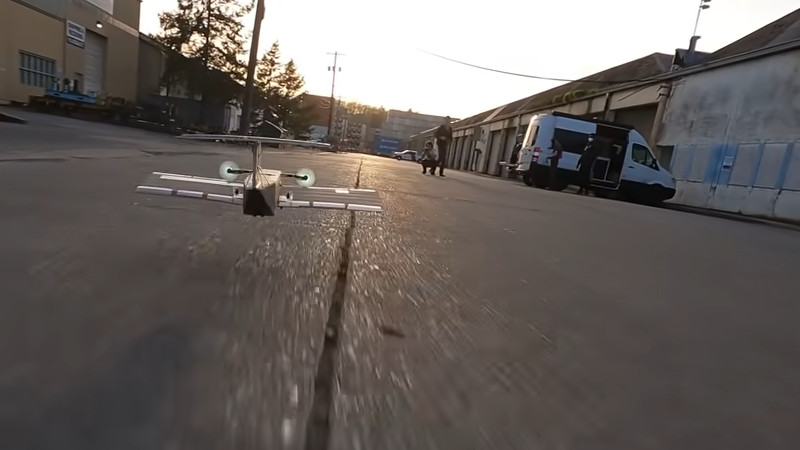#lidar
Airborne Lidar survey reveals hundreds of long-lost Maya and Olmec ceremonial centres, and publicly available Lidar is transforming archaeology
An airborne Lidar survey recently revealed hundreds of long-lost Maya and Olmec ceremonial sites in southern Mexico. The 32,800-square-mile area was surveyed by the Mexican Instituto Nacional de Estadistica y Geografia, which made the data public. When University of Arizona archaeologist Takeshi Inomata and his colleagues examined the area, which spans the Olmec heartland along the Bay of Campeche and the western Maya Lowlands just north of the Guatemalan border, they identified the outlines of 478 ceremonial sites that had been mostly hidden beneath vegetation or were simply too large to recognize from the ground.
“It was unthinkable to study an area this large until a few years ago,” said Inomata. “Publicly available lidar is transforming archaeology.”
See Lidar reveals hundreds of long-lost Maya and Olmec ceremonial centers
#technology #Lidar #archaeology #3Dscanning #Mexico
The sites suggest cultural links between the two Mesoamerican civilizations.
One person like that
Lidar reveals hundreds of long-lost Maya and Olmec ceremonial centers | Ars Technica https://arstechnica.com/science/2021/10/lidar-reveals-hundreds-of-long-lost-maya-and-olmec-ceremonial-centers/
Cool!
#lidar #archaelogy
5 Likes
1 Comments
One person like that
2 Comments
1 Shares
A good video overview of how LiDAR works as well as a demo of the 3D Scanner App for iOS
This is a nice practical explanation of how LiDAR sensors are used for land surveying and mapping, and so far the only demo I've seen of how the completely free 3D Scanner App actually works (I was looking for some tips on it for quite a while). Other apps all have features locked behind subscriptions and payments.
Currently, the LiDAR sensor is available in iPhone 2 Pro and Max models, but I'm sure they'll start appearing in other phones soon.
Watch at https://youtu.be/8cxdFOJYmI0
#technology #LiDAR #3D #scanning #iphone




